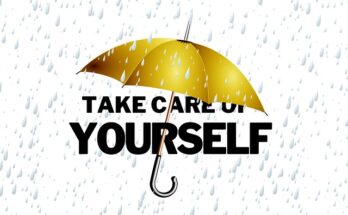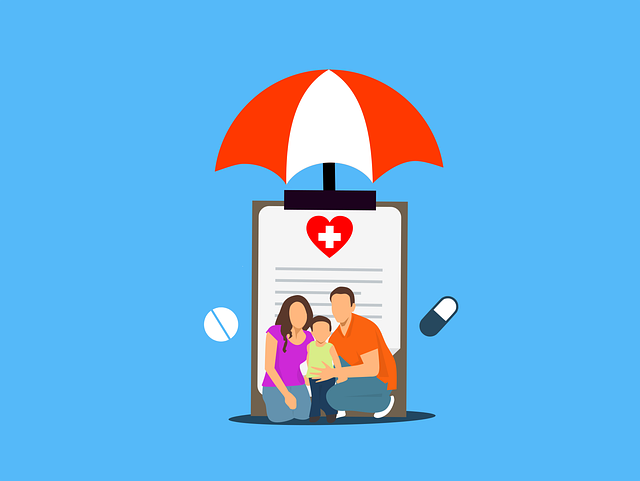
“The Holistic Approach to Health: Unveiling the Dynamics of a Comprehensive Health Unit”
February 6 , 2024 Imphal By Banti Phurailatpam:
Introduction:
In the pursuit of overall well-being, the concept of health transcends mere absence of disease. A comprehensive understanding of health involves addressing physical, mental, and social aspects. Health units play a pivotal role in promoting and preserving holistic health, offering an integrated approach that goes beyond traditional medical models. In this article, we will delve into the dynamics of a health unit, exploring its multifaceted functions, services, and the importance of a holistic approach.
I. The Evolution of Health Units:
Health units have undergone a significant transformation over the years, evolving from traditional clinics to comprehensive health hubs. Historically, healthcare focused predominantly on treating illnesses reactively. However, modern health units have embraced a preventive and proactive philosophy. The shift towards preventive care involves promoting healthy lifestyles, disease prevention, and early detection.
At the core of a health unit’s functions lies primary care. This involves routine check-ups, vaccinations, and basic medical services. Primary care providers serve as the first point of contact for individuals seeking healthcare, emphasizing the importance of continuity and coordination in managing health.
B. Integrative Medicine:
Many health units today integrate conventional medicine with complementary and alternative therapies. This approach recognizes the interconnection between physical, mental, and emotional well-being. Integrative medicine may include acupuncture, chiropractic care, and mindfulness practices to complement traditional medical treatments.
II. Holistic Health Services:
A. Mental Health Support:
Acknowledging the inseparable link between mental and physical health, health units now prioritize mental health services. This includes counseling, therapy, and support groups to address a spectrum of mental health issues. The aim is to destigmatize mental health and provide comprehensive care that considers both mind and body.
B. Lifestyle Interventions:
Holistic health units emphasize the importance of lifestyle choices in maintaining overall well-being. These interventions may include nutritional counseling, exercise programs, and stress management techniques. By empowering individuals to make healthier choices, health units contribute to preventing chronic conditions and promoting long-term health.
III. Community Engagement and Education:
A. Health Promotion Initiatives:
Beyond individual care, health units engage in community-wide health promotion initiatives. These may include educational campaigns, workshops, and events focused on preventive measures, healthy behaviors, and disease awareness. By actively involving the community, health units create an environment conducive to well-being.
B. Disease Prevention Programs:
Health units are at the forefront of disease prevention through vaccination programs, screenings, and health education. Targeting specific populations and communities, these initiatives aim to curb the spread of infectious diseases and detect potential health issues at early stages.
IV. Technology Integration:
The contemporary health unit is not only characterized by human-centric services but also by technological integration. Electronic health records, telemedicine, and health monitoring apps facilitate more efficient and accessible healthcare services. These advancements streamline communication between healthcare providers and patients, improving the overall quality of care.
A. Telemedicine and Remote Monitoring:
Telemedicine has emerged as a transformative tool, providing remote access to healthcare services. Health units leverage telemedicine for virtual consultations, follow-ups, and monitoring chronic conditions. This method improves accessibility, especially for people who live in rural or underdeveloped areas.
B. Health Information Systems:
Electronic health records and health information systems enhance the coordination of care among different healthcare providers. This integration ensures that crucial health information is readily available, leading to more informed and collaborative decision-making.
V. Challenges and Future Directions:
Despite the advancements in health units, challenges persist. Financial constraints, disparities in access to healthcare, and resistance to change within traditional healthcare systems are hurdles that health units must navigate. Moreover, the integration of emerging technologies requires careful consideration of ethical and privacy concerns.
A. Addressing Health Disparities:
Ensuring equitable access to healthcare services remains a critical challenge. Health units need to actively work towards bridging gaps in access, considering socio-economic factors, geographical disparities, and cultural nuances that may affect healthcare utilization.
B. Ethical Considerations in Technology:
As health units increasingly incorporate technology into their practices, ethical considerations become paramount. Protecting patient privacy, ensuring data security, and maintaining the human touch in healthcare delivery are challenges that demand ongoing attention.
Conclusion:
The evolution of health units reflects a broader paradigm shift towards a holistic approach to health. By combining primary care with mental health support, lifestyle interventions, community engagement, and technological integration, health units are better equipped to address the complexities of modern health challenges. As we navigate the future, a collaborative effort between healthcare providers, policymakers, and the community will be essential to foster a society where comprehensive health is a shared goal and a tangible reality.
“The Holistic Approach to Health: Unveiling the Dynamics of a Comprehensive Health Unit” Read More



















